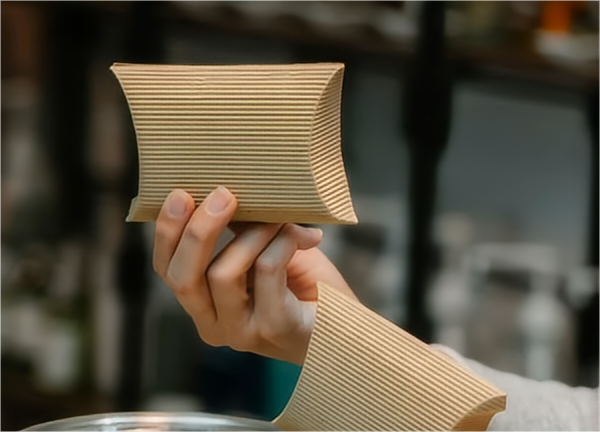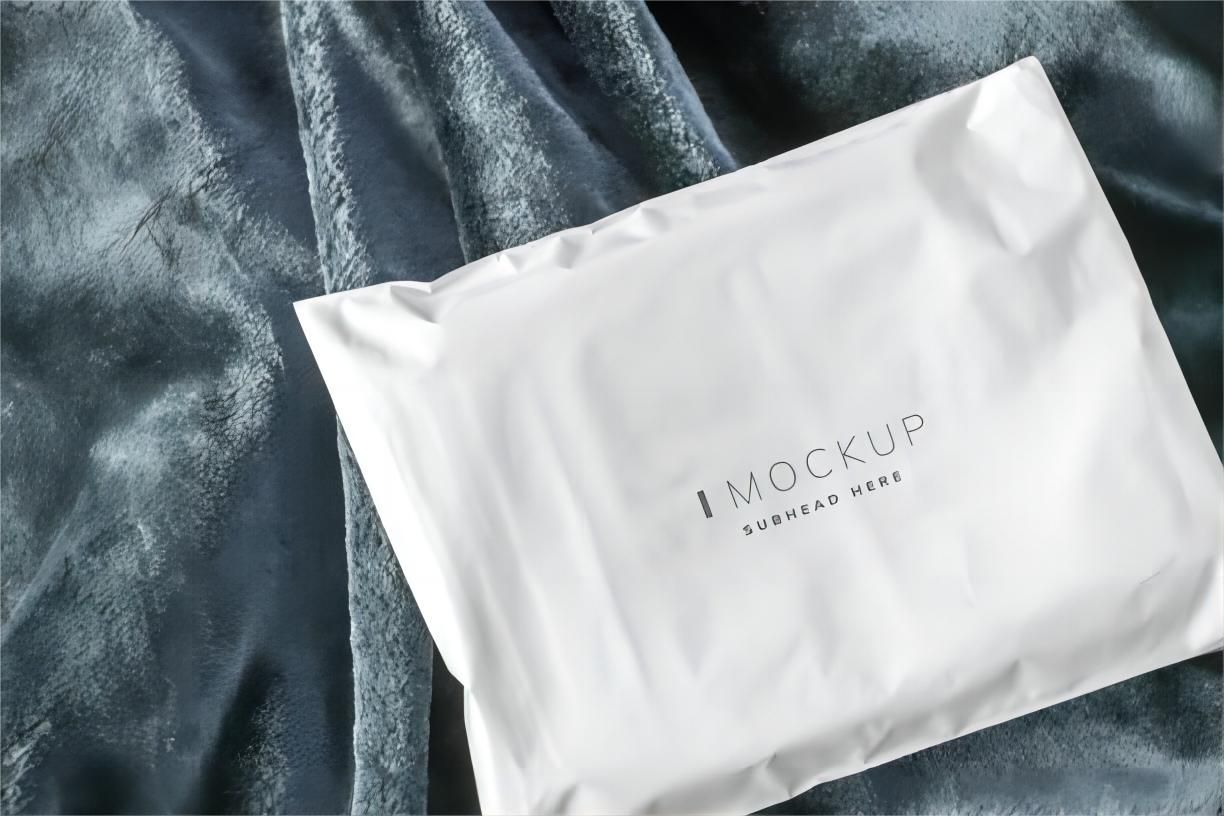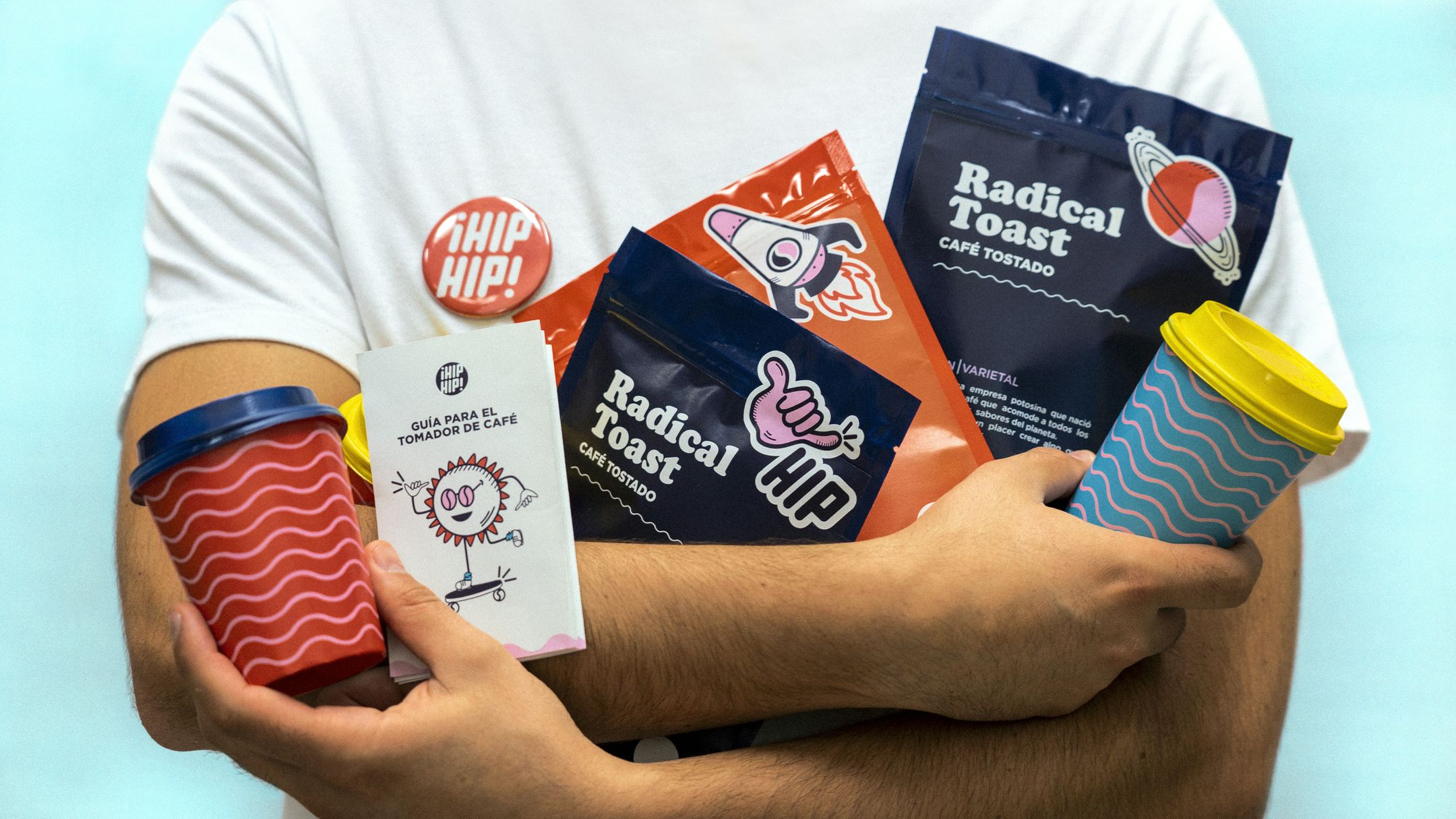
Get A Quote
Designing Effective Packaging for Your New Product
Understanding Your Product and Audience
Before delving into the intricacies of design, it's imperative to grasp the essence of your product and intimately understand your target demographic.
Articulate the essence of your offering in a succinct elevator pitch, encapsulating its unique selling propositions.
Delving deeper, delve into the psyche of your consumers, comprehending their needs, challenges, and preferences.
This foundational understanding will serve as the cornerstone upon which your packaging strategy will be built, ensuring resonance and relevance with your audience.
Consider Your Business Model
The nature of your business model inherently shapes the trajectory of your packaging strategy.
Whether your sales channels span traditional retail avenues, direct-to-consumer platforms, or subscription-based models, your packaging must seamlessly align with your distribution framework and brand positioning.
Exploring Packaging Solutions
The spectrum of packaging materials and formats is vast and varied, each offering distinct advantages suited to diverse product categories:
Corrugated Cardboard
Renowned for its durability, corrugated cardboard emerges as the quintessential choice for shipping and e-commerce ventures.
Its versatility allows for customization, enabling unique finishes and embellishments to elevate brand aesthetics.
Mailing Bags
Lightweight and adaptable, mailing bags emerge as a pragmatic solution for products requiring flexibility, such as apparel and accessories.
Embrace sustainability by opting for biodegradable variants, aligning with eco-conscious consumer preferences.
Envelopes
Versatile and eco-friendly, envelopes offer a snug enclosure for delicate items like jewelry and electronics.
Their paper pulp composition underscores an environmentally responsible packaging choice.
Paper Stock
Striking a balance between sturdiness and sophistication, paper stock finds its niche as a secondary packaging material in retail environments, exuding a premium aura.
Rigid Board
Exuding opulence and exclusivity, rigid board packaging embodies luxury, making it ideal for high-end products and gift assortments.
Its lavish finishes, including hot stamping and embossing, add an aura of refinement to the unboxing experience.
Incorporating Brand Identity
Incorporating brand identity into packaging design is crucial for creating a cohesive and memorable brand experience for consumers.
Start by ensuring consistency across visual elements like logos, colors, and typography to reinforce brand recognition.
Utilize packaging as a storytelling platform to communicate your brand's values, mission, and unique story, resonating with your target audience on a deeper level.
Implement distinctive branding elements and personalized touches to set your packaging apart and create a lasting impression.
Embrace sustainability and ethical values in your packaging materials and design practices to align with consumers' increasing eco-consciousness.
Consider incorporating interactive features or collaborations to enhance engagement and leave a lasting impression.
By carefully integrating these strategies, you can effectively convey your brand identity through packaging design, fostering stronger connections with your audience and driving brand loyalty.
Content and Legal Requirements
Adhere to legal stipulations mandating specific information on your packaging, ensuring compliance with regulatory standards.
Compile all requisite visual assets, including logos and illustrations, meticulously curating them to seamlessly integrate into your design narrative.
Designing Your Packaging
Harness creativity and innovation as you embark on the design journey for your packaging.
Leverage online editors or industry-standard software like Adobe Illustrator to translate your vision into tangible designs.
Strategically structure your design to accentuate pivotal elements such as product and brand names, thereby fostering memorability and brand recall.
Evaluation
After completing your design, take a moment to step back and gain perspective.
Return with a fresh outlook and an open mind to evaluate it objectively.
Seek feedback from friends, peers, and ideally, someone unfamiliar with your business to ensure your design effectively communicates your product's essence.
Consider ordering a sample run of your packaging to assess both print quality and design coherence.
Make any necessary adjustments before proceeding with a larger order to ensure your packaging reflects your brand's identity and effectively resonates with your target audience.
Implementation and Optimization
After your packaging has been in use for some time, opportunities for optimization often arise.
This could involve adjustments like enhancing thickness, eliminating unnecessary space, or even completely redesigning to accommodate multiple product variations within one packaging solution.
Packaging engineers possess the expertise needed to refine existing designs, drawing from their mastery in physics, materials technology, design, and cost optimization.
Collaborating with professionals in this field ensures the creation of value-engineered packaging tailored specifically to your product, enhancing both functionality and cost-effectiveness.
Conclusion
In the dynamic landscape of product innovation, packaging emerges as a linchpin for success, encapsulating the essence of your offering and resonating with your target audience.
Armed with the knowledge and tools elucidated in this guide, you're primed to embark on the journey of packaging design with confidence and finesse, poised to carve a distinctive niche in the competitive marketplace.
Whether you opt for a hands-on approach or enlist professional expertise, effective packaging remains the cornerstone of your product's journey from conception to consumer.








